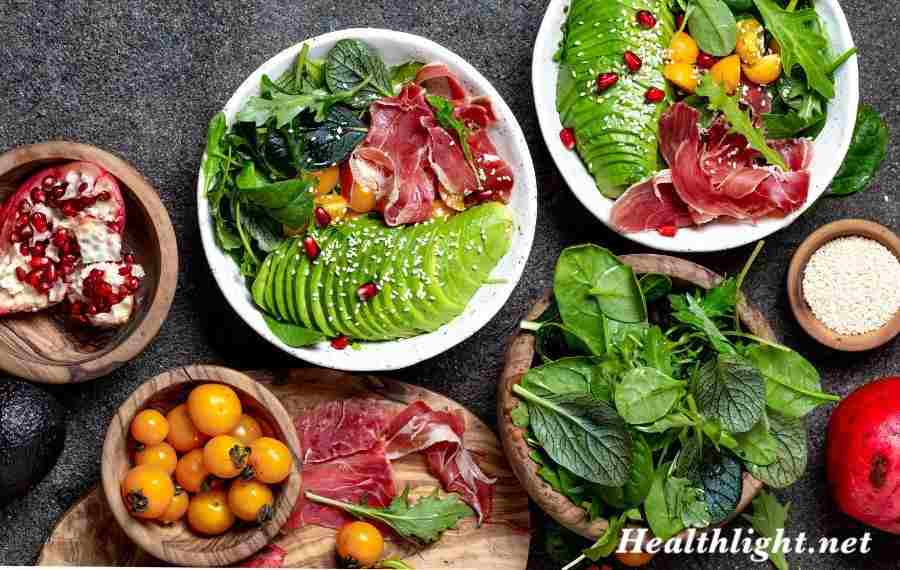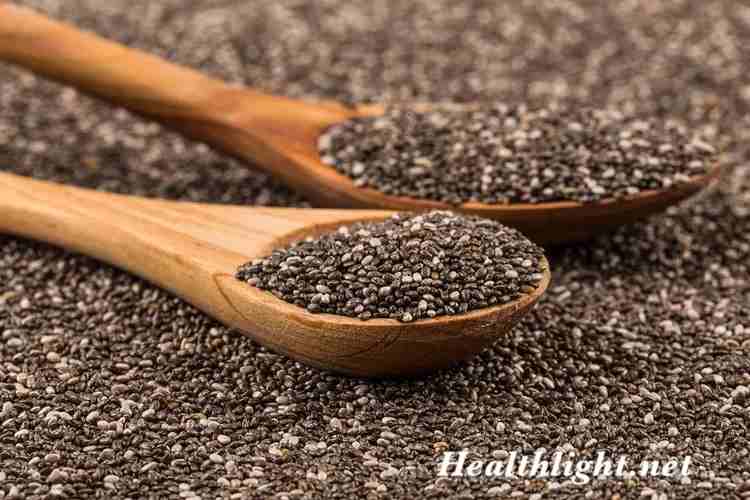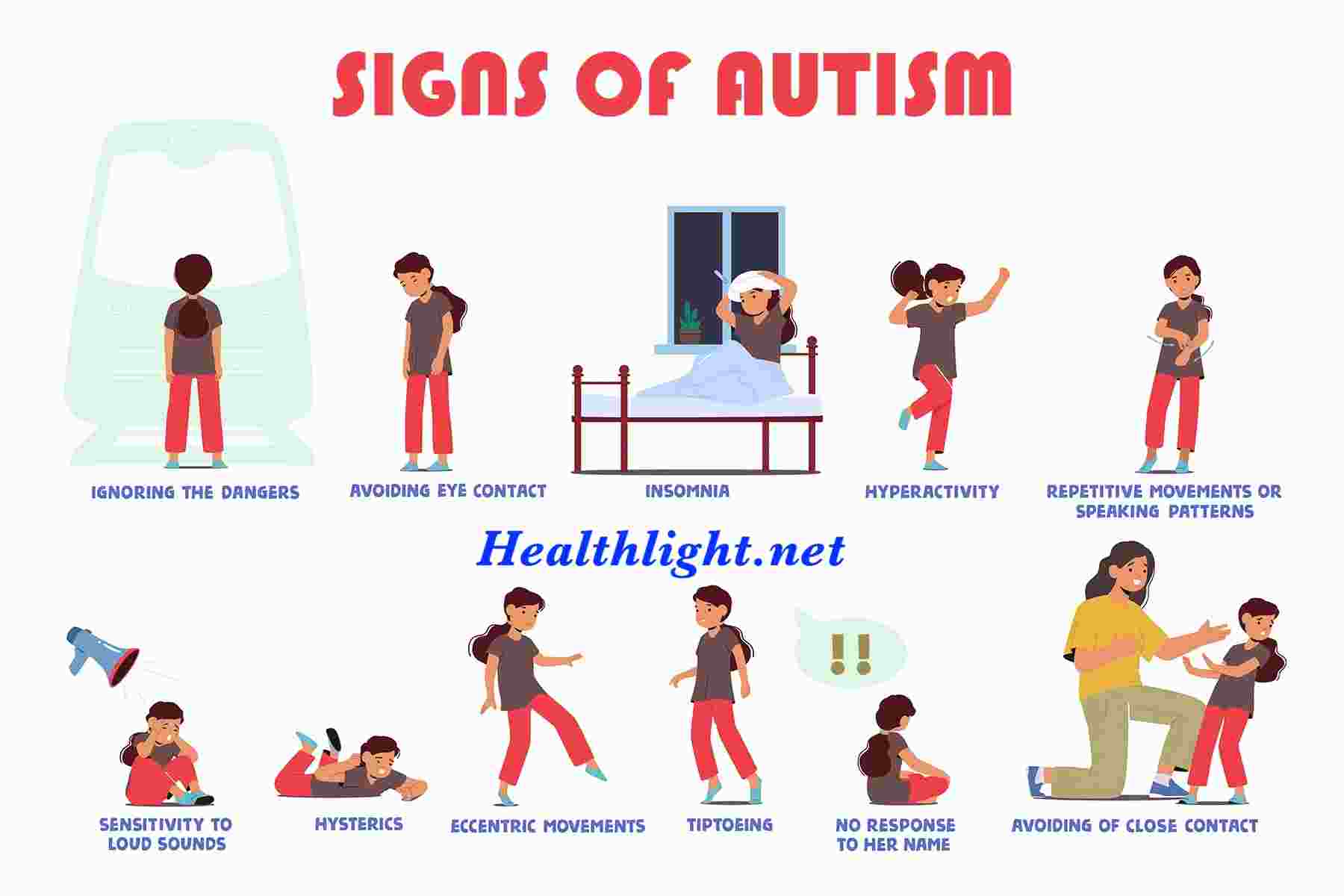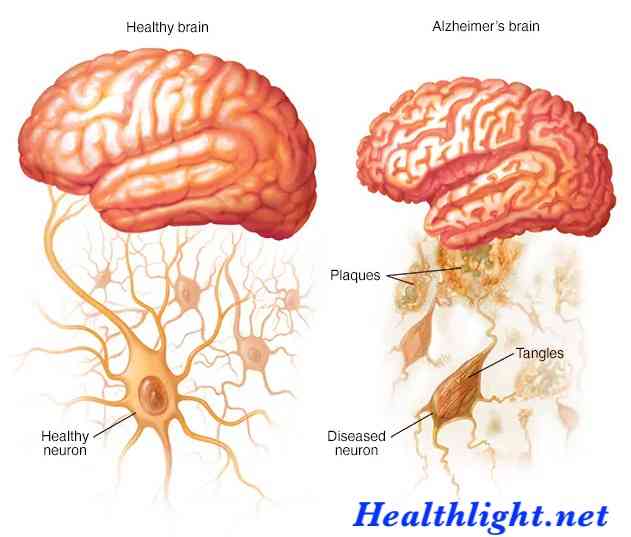keto Diet has become one of the most popular eating patterns in recent years. Known for its low-carb and high-fat approach, it shifts the body’s energy source from carbohydrates to fats. Many people follow it to lose weight, manage blood sugar, or improve energy levels. But what exactly is this diet, and how can you start it safely? This article covers everything you need to know, including benefits, foods to eat, risks, and tips for beginners.
What Is the Keto Diet?
The ketogenic diet is a nutrition plan that focuses on drastically reducing carbohydrate intake while increasing fats and maintaining moderate protein. Normally, the body burns glucose from carbs for energy. On keto, when carb intake is very low, the body enters a metabolic state called ketosis.
In ketosis, the liver converts fat into ketones, which then become the main fuel source. This switch helps the body burn stored fat more effectively, which is why the diet is linked to weight loss.
How Does It Work?
Here’s how the keto process functions:
- Low carbs usually fewer than 50 grams per day.
- High fat about 70-75% of total daily calories come from fats.
- Moderate protein around 20% of daily calories.
- Ketosis the body starts using ketones instead of glucose for energy.
This change not only supports fat burning but can also influence hormones, appetite control, and energy levels.
Benefits of the Keto Diet:
Weight Loss:
One of the biggest reasons people follow this diet is for fat loss. When in ketosis, the body naturally burns more stored fat. Many people also feel less hungry, making it easier to stick to fewer calories without feeling deprived.
Blood Sugar Control:
The keto diet may help stabilize blood sugar levels. With fewer carbs, glucose spikes are reduced, which can be beneficial for people with prediabetes or type 2 diabetes.
Mental Clarity and Focus:
Some people report improved brain function and clearer thinking while in ketosis. Ketones are considered a steady energy source for the brain, reducing mental fatigue.
Energy and Stamina:
Once the body adapts, many individuals feel more energetic. Since fat is a more efficient fuel, energy levels may remain stable throughout the day without sudden crashes.
Potential Health Benefits:
Early research suggests keto may support heart health, reduce inflammation, and even benefit certain neurological conditions such as epilepsy.
Foods You Can Eat on Keto:
Following this diet means carefully choosing foods. Here are the main groups to include:
- Meats: Beef, chicken, turkey, lamb, pork, and fatty fish like salmon.
- Eggs: A staple in keto meals.
- Healthy Fats: Olive oil, coconut oil, avocado oil, butter, and ghee.
- Low-Carb Vegetables: Spinach, kale, zucchini, broccoli, cauliflower, and asparagus.
- Dairy: Cheese, cream, and unsweetened Greek yogurt (in moderation).
- Nuts & Seeds: Almonds, walnuts, chia seeds, and flaxseeds.
- Beverages: Water, black coffee, and unsweetened tea.
Foods to Avoid:
To stay in ketosis, avoid or limit foods high in carbs:
- Bread, pasta, rice, and cereals.
- Sugary drinks and desserts.
- Potatoes, corn, and starchy vegetables.
- Most fruits except berries.
- Processed snacks like chips or crackers.
- Beer and sweetened alcoholic drinks.
Sample One-Day Keto Meal Plan:
- Breakfast: Scrambled eggs cooked in butter with spinach and avocado.
- Lunch: Grilled chicken salad with olive oil dressing.
- Snack: Handful of almonds and cheese cubes.
- Dinner: Salmon with cauliflower rice and sautéed zucchini.
- Dessert: Sugar-free chia pudding.
Challenges and Side Effects:
Keto Flu:
When starting out, many people experience fatigue, headaches, or irritability. This happens as the body adjusts to burning fat instead of carbs. Drinking more water, adding electrolytes, and resting can help reduce these symptoms.
Digestive Changes:
Low-carb diets may cause constipation for some. Eating fiber-rich vegetables and staying hydrated can help.
Nutrient Deficiency:
Cutting out many fruits and grains may reduce vitamin intake. Taking supplements or carefully balancing meals is important.
Tips for Beginners:
- Plan your meals: Having a food plan reduces cravings and mistakes.
- Stay hydrated: Drink plenty of water to support digestion and reduce headaches.
- Check labels: Many packaged foods contain hidden sugars.
- Track carbs: Use apps or journals to ensure daily carb intake stays low.
- Be patient: It can take a few days to a week for your body to fully enter ketosis.
Who Should Avoid the Keto Diet?
While the keto Diet is safe for many people, it may not be suitable for everyone. Pregnant or breastfeeding women, people with liver or kidney problems, or those with certain medical conditions should consult a doctor first.
Conclusion:
The keto Diet is more than just a trend it’s a proven method for weight loss and better energy. By focusing on fats, cutting carbs, and balancing protein, it helps the body shift into fat-burning mode. Like any diet, it requires planning and discipline, but the results can be rewarding.
If you’re thinking of trying it, start slow, educate yourself, and listen to your body. For many, it can be a life-changing way to eat.








